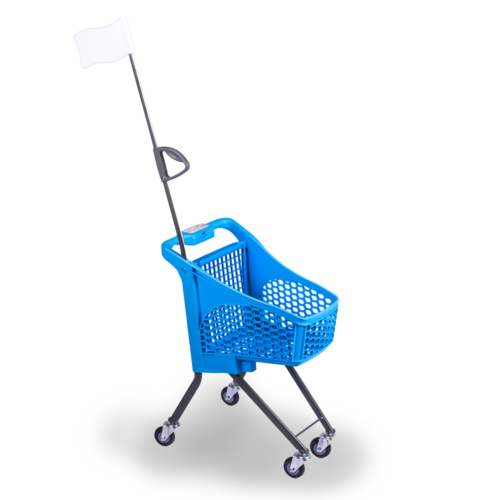Trolleys
FULL PLASTIC TROLLEYS
The FULL PLASTIC line thoroughly encompasses the essence of the Plastimark® concept.
Made entirely in plastic, maximising the potential of customisation and coordination with branding, signage and furniture, concentrating the strengths of the material: lightness, cost effectiveness, modularity, noiselessness, resistance to atmospheric agents.
The design completes this versatility, with captivating and constantly novel lines, to better enjoy shopping.
Fully recyclable and made up of a complete and diversified range, the FULL PLASTIC line combines in the best way with the green philosophy and an aware use of resources.
HYBRID TROLLEYS
For markets characterised by heavy loads, big tournover and large sales areas, the HYBRID line is capable of optimally fulfilling these specific needs, combining respect for its origins and values with innovation and research, for the sake of high performance and reliability over a period of time.
In HYBRID, the metal frame combines in an especially elegant and functional manner with the versatility, design and technology offered by basket and handle in plastic material.
Showing the single result
